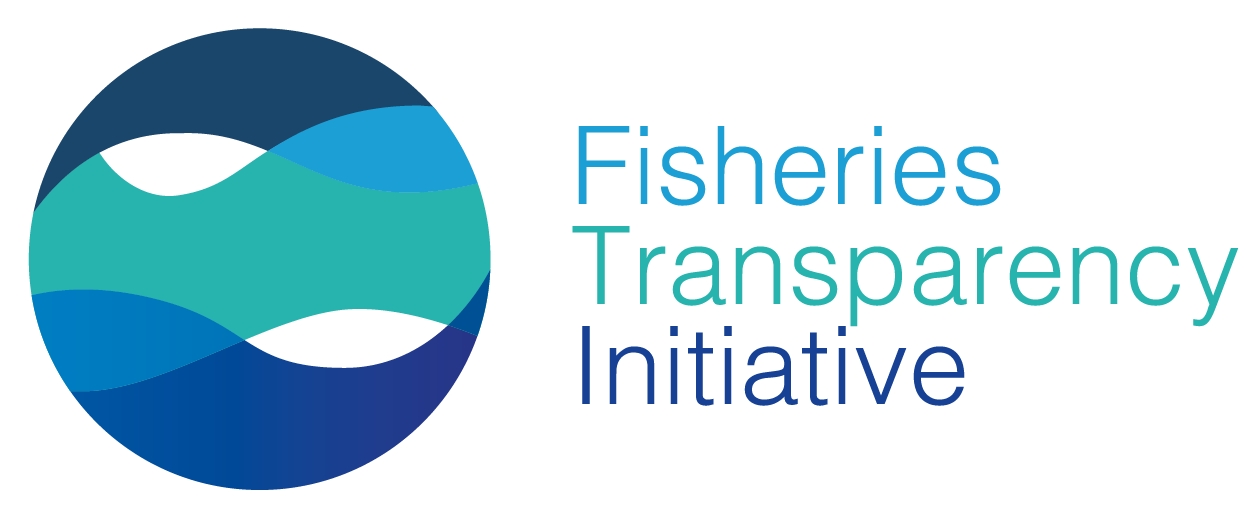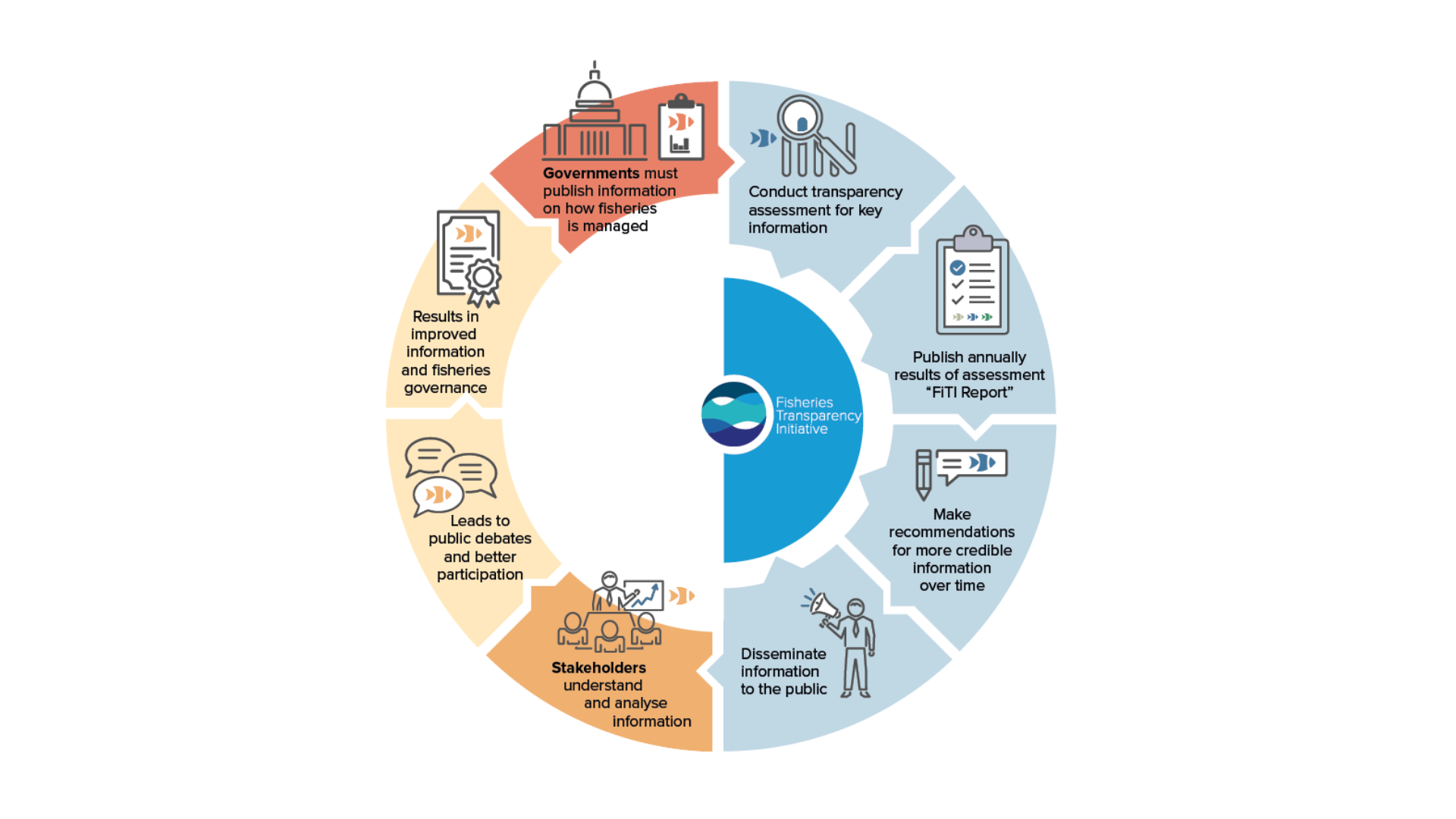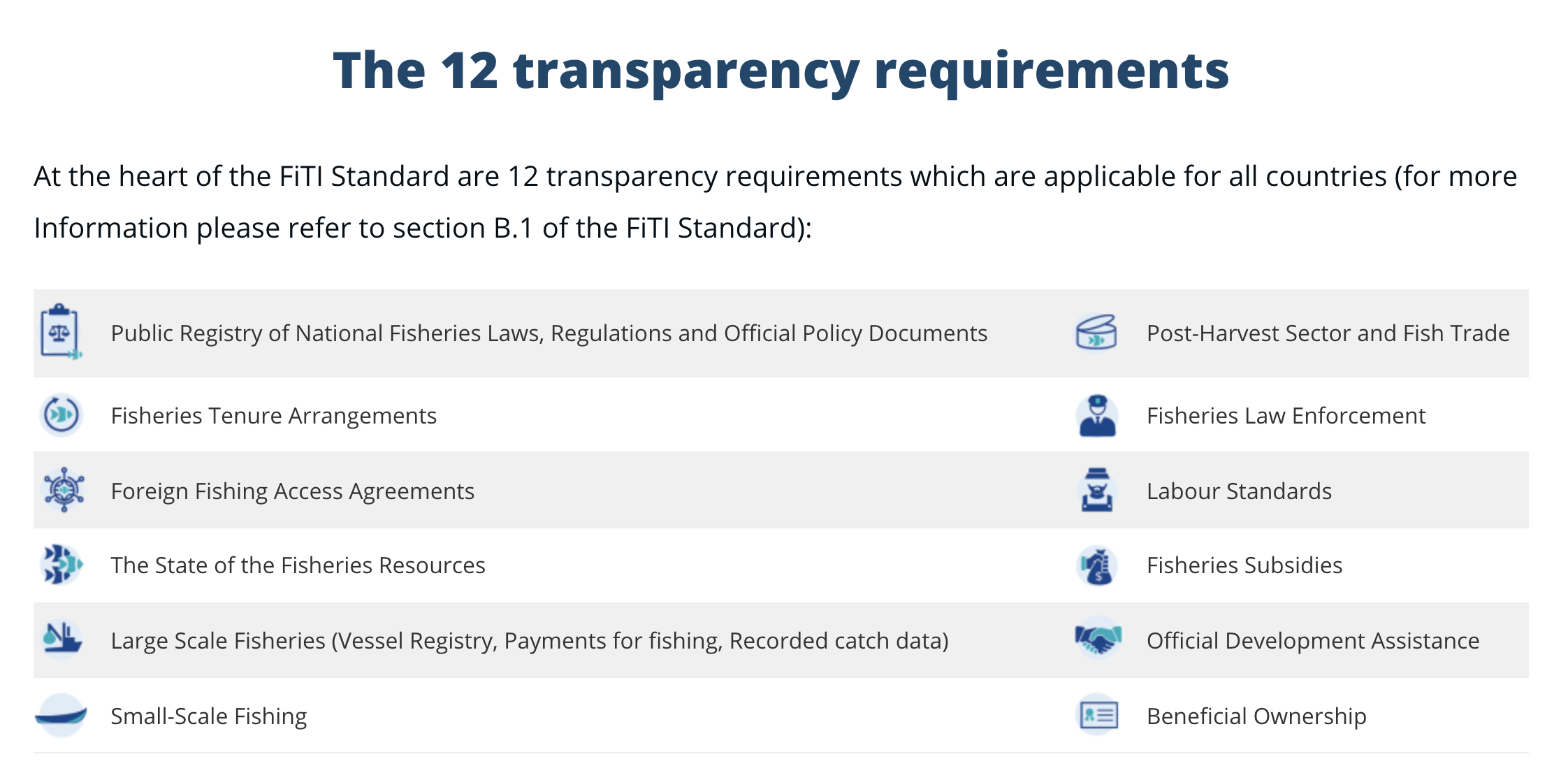
Q&A With the Fisheries Transparency Initiative (FiTI)
SALT’s Advisory Committee member, Fishery Transparency Initiatives (FiTI), published the first-ever FiTI reports for the Seychelles and Mauritania, marking an important step to enhancing the public availability of credible fisheries management information. The SALT team is impressed by the groundbreaking work on enhancing transparency in fisheries management and invited Sven Biermann, Executive Director of FiTI, for a quick interview.
SALT: Can you tell us what the Fisheries Transparency Initiative (FiTI) does, and who is involved?
FiTI: Transparency is now widely accepted as being fundamental to sustainable fisheries. But “transparency in fisheries” is often used as an umbrella term, which might not only be confusing but may end up failing to meet people’s expectations. We should therefore differentiate (at least) three basic, but interrelated aspects: transparency regarding 1) the management of fisheries by governments, 2) the activities of fishing vessels, and 3) product traceability.
The FiTI is the only global initiative that works on the first aspect. In other words, we support governments to increase the public accessibility of national fisheries information. This includes information like: What is the status of fish stocks? Which vessels are allowed to fish? Under which conditions? How much is being caught? How much is paid for the right to fish, etc?
The FiTI is anchored on a number of core principles, and one of them is that transparency needs trust to be effective. Information needs to be seen as fair, unbiased and not serving a certain political agenda or business interest. This is why the FiTI is set up as a multi-stakeholder partnership – where all those that hold a stake in fisheries – collaborate together. This is true for implementing the FiTI in countries, where representatives from the national government, business and civil society work together, as well as on the global level, where an International Multi-Stakeholder Board governs the FiTI.
SALT: In one sentence what does transparency mean to you?
FiTI: Transparency is like a two-sided coin; we often think of transparency simply as the act of publishing information (either proactively or reactively), but it is equally important to ensure that such information allows others to draw reliable conclusions from it.
SALT: There’s a FiTI Standard, which is a standard for what fisheries management information should be published online by government authorities. Why was this created?
FiTI: The FiTI Standard is really at the heart of our initiative. When the process for defining this standard was started in 2015, transparency in fisheries management was already in demand, for example as part of the FAO’s Code of Conduct for Responsible Fisheries. But it was never really specified what transparency actually means, what information it includes, how such information should be compiled and vetted, etc. So, the intention was to provide an internationally recognized framework that addresses all these aspects and is applicable to all countries.
The FiTI Standard is the outcome of extensive discussions, spanning nearly two years (2015-2017), by an International Advisory Group, which included representatives from governments, large-scale and small-scale fishing sector organizations, multinational and regional fisheries organizations and civil society groups working on fisheries and marine conservation.

SALT: What about traceability? What role does it play in governance and transparency?
FiTI: The three areas of transparency in fisheries that I mentioned earlier may be a simplification and do certainly not capture all trends. They do, however, make it evident that this topic covers an extensive range of quite complicated issues, with much still to be resolved in terms of international norms or expectations on how transparency should be achieved, to what level and for what objective. So the ability to track the movement of seafood through supply chains is a crucial building block in ensuring that fisheries are environmentally safeguarded, economically viable and socially equitable – or in other words, sustainable. But it is also clear that in isolation, each of these transparency areas will fall short. For example, countering illegal fishing through tracking technology falls short if the government does not even publish a vessel registry indicating which of those tracked vessels are actually licensed to fish, what their fishing conditions are, etc. This is why we are very excited to have been invited to join the SALT Advisory Committee. We need to ensure that we are addressing the sustainability of fisheries from a holistic point of view, bringing the most knowledge and best experiences together.
SALT: Seychelles and Mauritania just released their first country reports on transparency in fisheries management. What were the biggest surprises that came out of those reports?
FiTI: FiTI Reports are annual reporting procedures that pursue 3 major objectives:
- To summarise key status information on a country’s fisheries sector to increase public understanding and appreciation;
- To assess a country’s level of compliance against the transparency requirements of the FiTI Standard;
- To provide recommendations to national authorities on how the publication of information in the public domain, e.g. on government websites, can be further improved.
At the beginning of the process, the vast amount of information requested under the FiTI Standard was not published online. But for both, Seychelles and Mauritania, it was interesting to see that a significant amount of information on their fisheries sector has already been collated by national authorities. So both reports triggered a mind shift from reactive transparency (where you have to go and ask for information) to the proactive publication of information.
Also, while stakeholders were obviously keen to see how their country stands against the transparency requirements, the most attention was given to the summary status information, clearly showing that there was a desire to understand better the key metrics of the sector. For example, Mauritania’s report now shows that there are 6,809 small-scale vessels and 24,984 small-scale fishers operating in Mauritania. Seychelles’ report now lists all 5 foreign fishing access agreements and shows that almost 250 large-scale vessels were allowed to fish in Seychelles’ waters in 2019 (with 70% of those vessels being foreign-flagged).
SALT: FiTI has 12 transparency requirements. How did you get Seychelles and Mauritania to share such data?
FiTI: The FiTI is a voluntary initiative, meaning countries that commit themselves have a strong self-interest in publishing information. This can stem from a number of aspects, such as enhancing the capacity of its government to manage fisheries sustainably, based on best available information; raising the appreciation of the socioeconomic contributions of fisheries; boosting market access, seafood sourcing and investments, preventing the spreading of rumors and misinformation or deterring illicit activities, such as corruption and illegal fishing.
But it also has to do with the way transparency is defined by the FiTI. Countries are not expected to have complete data for every transparency requirement from the beginning. Instead, public authorities must disclose the information they have, and be transparent about important gaps. These gaps must then be addressed over time. Thus, engaging with the FiTI is not intended to be a burdensome and costly research activity.
And we emphasize the need for national authorities to develop and strengthen their own systems for collecting and publishing information online in a complete and accessible manner. The FiTI Report is therefore not seen to replace or duplicate existing government information systems. Instead, it is actually seen to streamline the various reporting requirements of countries (e.g. to national stakeholders, to RFMOs, etc.) in a consolidated manner and eventually drive down transaction costs.

SALT: FiTI would like more countries to sign onto this initiative. How will you spotlight the important transparency issues in the countries who don’t sign on?
FiTI: Yes, indeed. The more countries commit to enhancing transparency in fisheries through the FiTI, the stronger our impact on sustainable fisheries management will be. But we must acknowledge there are countries that do not have a great track record of sectoral transparency endeavors or even wider open government efforts. But that does not mean we cannot have an impact in these countries. We are actually pursuing two major new programs to address this aspect:
- Getting started with enhancing transparency in marine fisheries management requires all stakeholders to have a general understanding of what information is already in the public domain and what is missing. We, therefore, launched a new program in late 2020: “TAKING STOCK – Online Transparency of Fisheries Management Information”. Under this program, we assess what information is already published online by governments against the FiTI Standard. This does not only provide a sound baseline from which to start but is further intended to spark interest among key stakeholders. We are almost finished with the first assessments in Latin America (Mexico, Ecuador and Peru), with more countries to come in the near future.
- We also have to acknowledge that traditional “good governance” approaches alone may not emphasize the importance (and political priority) that needs to be given to transparency to strengthen sustainable marine fisheries. This is particularly relevant in times where many governments are focusing on post COVID-19 economic recovery. Under our new “beneFiTIng” program, we seek to position transparency in marine fisheries management as a value-adding approach for countries, in particular by clearly demonstrating socio-economic benefits. There is surprisingly little research or evidence available yet on how the market or non-market based benefits can incentivize governments to proactively publish information. The Swedish Agency for Marine and Water Management (SwAM) recently announced the start of a study that seeks to analyze such incentives.
SALT: What is on the horizon for FiTI?
FiTI: Our core objective remains to strengthen transparency in fisheries management globally, either by engaging directly with stakeholders in countries, or by contributing to an enabling environment. We are currently focusing on three regions (i.e. Latin America, West Africa, and the Western Indian Ocean) and we are keen to expand our global reach. One additional aspect that we are working on is to strengthen the understanding of the information that will be published by governments. Such a “Literacy in Fisheries Management Transparency” is targeted in particular at media and parliamentarians, as we see them as key advocates and multipliers in our quest.
And, we are very excited to be launching in a few weeks our first global election of members for the FiTI International Board, which is the FiTI’s global oversight body.
Thank you, FiTI, for sharing the findings from the reports and exciting developments in the regions. SALT is honored to have FiTI on our Advisory Committee and looking forward to collaborating to apply transparent supply chain practices in producing countries.
